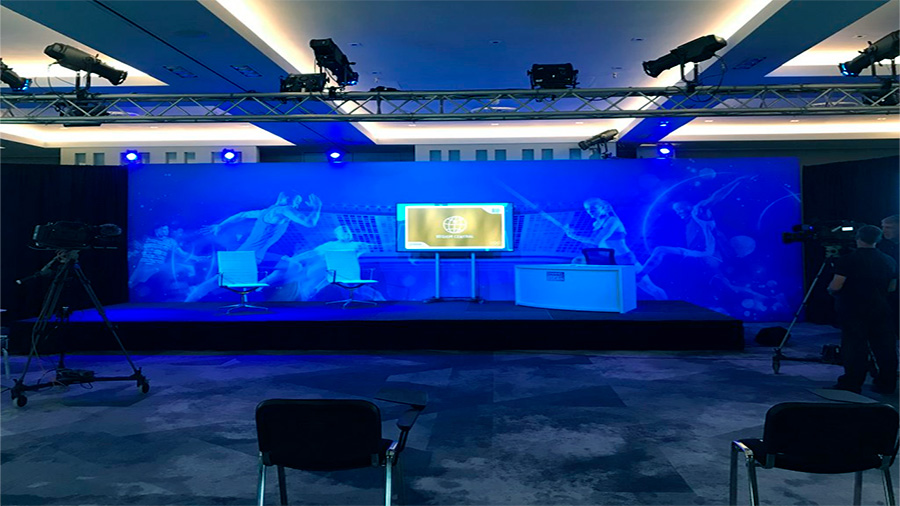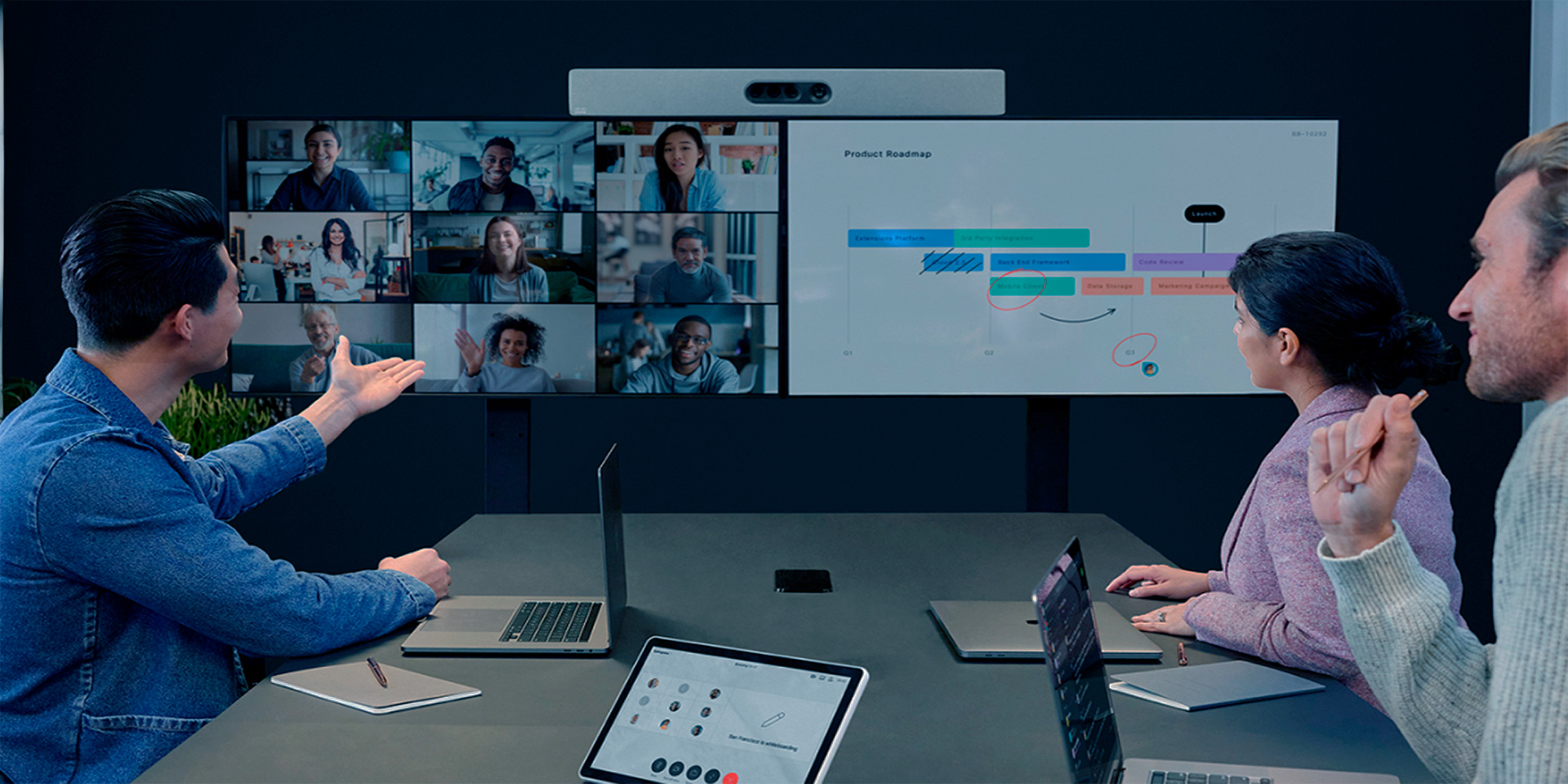As the landscape of conferences and events continues to evolve, hybrid IT conferences have emerged as a powerful solution, combining the best of virtual and in-person experiences. These hybrid events provide flexibility, inclusivity, and enhanced engagement, offering new opportunities for attendees and organizers alike. This article explores the future of hybrid IT conferences, highlighting their benefits, challenges, and strategies for success.
Understanding Hybrid IT Conferences
Hybrid IT conferences are events that integrate both physical and virtual components, allowing attendees to participate either in person or online. This dual approach leverages technology to provide a seamless experience, catering to a broader audience and enhancing overall accessibility.
Key Components of Hybrid Conferences
- Live Streaming: Keynote speeches, panel discussions, and presentations are broadcast live to online participants.
- Interactive Sessions: Virtual attendees can participate in Q&A sessions, polls, and discussions in real-time.
- Networking Opportunities: Both in-person and virtual attendees can engage in networking through dedicated platforms and breakout sessions.
- On-Demand Content: Recorded sessions are made available for attendees to access at their convenience.
- Virtual Exhibits: Online booths and digital demonstrations allow remote participants to explore products and services.
Benefits of Hybrid IT Conferences
- Enhanced Accessibility: Hybrid conferences remove geographical and logistical barriers, enabling participation from a global audience.
- Flexibility: Attendees can choose how they wish to participate, accommodating different preferences and schedules.
- Cost-Effectiveness: Virtual components reduce travel and accommodation expenses, making conferences more affordable.
- Increased Reach: Combining virtual and in-person elements broadens the event’s reach, attracting a more diverse audience.
- Sustainability: Reducing the need for travel and physical materials contributes to environmental sustainability.

The Future of Hybrid IT Conferences
The future of hybrid IT conferences is shaped by advancements in technology and changing attendee expectations. Here are key trends and predictions for the next decade:
1. Enhanced Virtual Platforms
Virtual platforms will continue to evolve, offering more immersive and interactive experiences. Features like virtual reality (VR) and augmented reality (AR) will create more engaging virtual environments, enhancing the attendee experience.
These advancements will blur the line between physical and virtual participation, providing a more cohesive and immersive conference experience.
2. Data-Driven Personalization
The use of data analytics will enable personalized experiences for attendees. By analyzing user preferences and behaviors, organizers can tailor content, sessions, and networking opportunities to individual needs.
Personalization will enhance attendee satisfaction and engagement, making hybrid conferences more impactful and relevant.
3. Seamless Integration of Technologies
Future hybrid conferences will see a seamless integration of various technologies, including AI-powered networking tools, real-time translation services, and interactive content delivery.
This integration will streamline the user experience, making it easier for attendees to navigate and engage with both virtual and in-person components.
4. Increased Focus on Inclusivity
Hybrid conferences will prioritize inclusivity, ensuring that all attendees, regardless of their mode of participation, have equal access to content and opportunities.
Efforts to enhance accessibility for people with disabilities and those in different time zones will be central to the design of future hybrid events.
5. Enhanced Networking Opportunities
Networking will become more sophisticated, with AI-driven matchmaking and virtual networking lounges providing meaningful connections. Hybrid events will facilitate both spontaneous and structured networking opportunities.
The ability to network effectively will be a key differentiator for hybrid conferences, fostering deeper connections and collaborations.
6. Sustainable Practices
Sustainability will remain a priority, with hybrid conferences reducing the need for travel and minimizing environmental impact. Organizers will adopt eco-friendly practices, such as digital materials and sustainable venues.
Future conferences will balance the benefits of in-person engagement with the environmental advantages of virtual participation.

Strategies for Successful Hybrid IT Conferences
To maximize the benefits of hybrid conferences, organizers should implement strategies that ensure a seamless and engaging experience for all participants.
1. Plan for Both Audiences
Design the conference with both virtual and in-person audiences in mind. Ensure that content, sessions, and activities are accessible and engaging for all participants.
Consider the unique needs and preferences of each audience, providing tailored experiences that cater to different modes of participation.
2. Leverage Technology
Invest in robust virtual platforms and technologies that support live streaming, interactive sessions, and networking. Ensure that the technology is user-friendly and reliable.
Regularly test and update the technology to address any issues and enhance the attendee experience.
3. Promote Engagement
Encourage active participation from both virtual and in-person attendees. Use interactive tools such as polls, Q&A sessions, and live chats to foster engagement.
Create opportunities for attendees to interact with speakers, exhibitors, and each other, regardless of their mode of participation.
4. Provide On-Demand Content
Offer recorded sessions and on-demand content for attendees to access at their convenience. This flexibility accommodates different time zones and schedules.
Ensure that on-demand content is easily accessible and well-organized, allowing attendees to navigate and find relevant sessions.
5. Facilitate Networking
Use AI-driven tools to match attendees based on their interests and goals. Provide virtual networking lounges and breakout rooms for both spontaneous and structured interactions.
Create opportunities for in-person and virtual attendees to connect, fostering a sense of community and collaboration.
6. Ensure Accessibility
Implement features such as real-time translation, closed captioning, and screen reader compatibility to make the conference accessible to all participants.
Regularly assess and improve accessibility features to ensure inclusivity and equal participation.
7. Gather Feedback
Collect feedback from attendees to understand their experiences and identify areas for improvement. Use surveys, polls, and direct feedback to gather insights.
Regularly review and act on feedback to enhance future conferences and address any challenges.
Case Study: A Successful Hybrid IT Conference
An IT organization successfully hosted a hybrid conference, combining virtual and in-person experiences. Here’s how they achieved success:
Planning for Both Audiences
The organizers designed the conference with parallel virtual and in-person tracks, ensuring equal access to content.
Leveraging Technology
They invested in a robust virtual platform that supported live streaming, interactive sessions, and networking.
Promoting Engagement
Interactive tools such as live polls, Q&A sessions, and breakout rooms were used to encourage participation.
Providing On-Demand Content
Recorded sessions were made available for attendees to access at their convenience.
Facilitating Networking
AI-driven matchmaking and virtual networking lounges facilitated meaningful connections.
Ensuring Accessibility
Real-time translation, closed captioning, and screen reader compatibility were implemented to enhance accessibility.
Gathering Feedback
Surveys and polls were used to collect feedback, helping organizers identify areas for improvement.
Conclusion
The hybrid conference saw high levels of engagement, positive feedback from attendees, and increased reach compared to previous in-person-only events. The successful integration of virtual and in-person components created a seamless and inclusive experience for all participants.




